Toby Cubitt explains why algorithms are vital for the development of quantum computers.


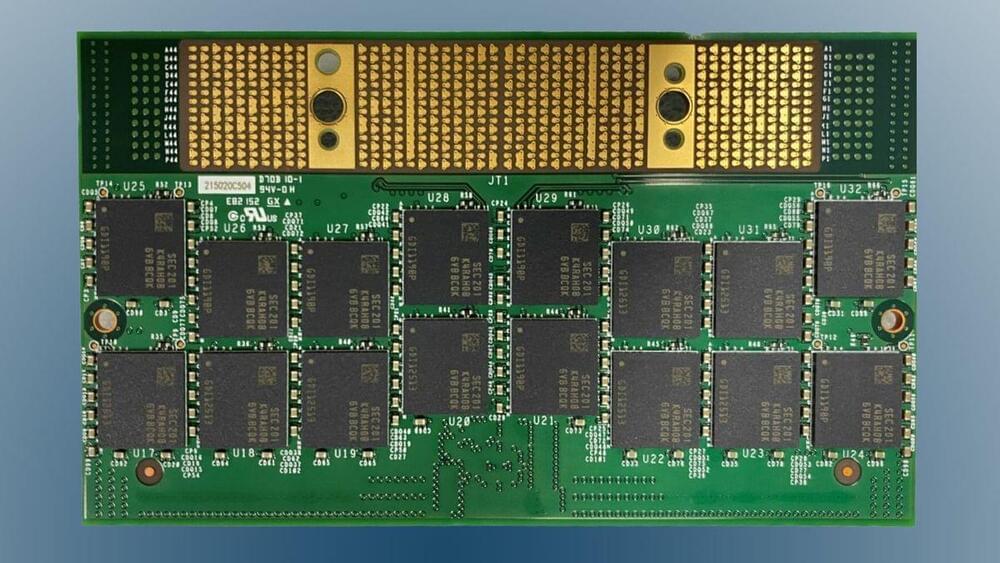
How do we go from 100 to 200 to 1000? PASQAL, a quantum computing startup, is using LASERS. They’ve demonstrated 100 and 200 qubit systems, now they’re talking about making 1000. Here’s the mockup of their system.
———————-
Need POTATO merch? There’s a chip for that!
http://merch.techtechpotato.com.
http://more-moore.com : Sign up to the More Than Moore Newsletter.
https://www.patreon.com/TechTechPotato : Patreon gets you access to the TTP Discord server!
Follow Ian on Twitter at http://twitter.com/IanCutress.
Follow TechTechPotato on Twitter at http://twitter.com/TechTechPotato.
If you’re in the market for something from Amazon, please use the following links. TTP may receive a commission if you purchase anything through these links.
Amazon USA : https://geni.us/AmazonUS-TTP
Amazon UK : https://geni.us/AmazonUK-TTP
Amazon CAN : https://geni.us/AmazonCAN-TTP
Amazon GER : https://geni.us/AmazonDE-TTP
Amazon Other : https://geni.us/TTPAmazonOther.
Ending music: https://www.youtube.com/watch?v=2N0tmgau5E4
———————-
Welcome to the TechTechPotato © Dr. Ian Cutress.
Ramblings about things related to Technology from an analyst for More Than Moore.
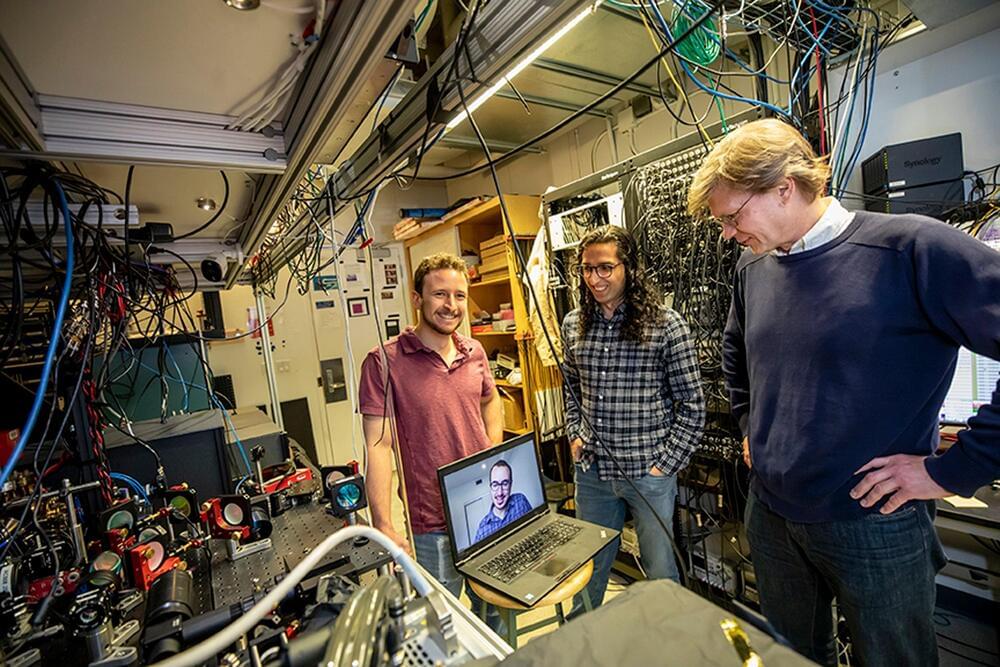
Building a plane while flying it isn’t typically a goal for most, but for a team of Harvard-led physicists that general idea might be a key to finally building large-scale quantum computers.
Described in a new paper in Nature, the research team, which includes collaborators from QuEra Computing, MIT, and the University of Innsbruck, developed a new approach for processing quantum information that allows them to dynamically change the layout of atoms in their system by moving and connecting them with each other in the midst of computation.
This ability to shuffle the qubits (the fundamental building blocks of quantum computers and the source of their massive processing power) during the computation process while preserving their quantum state dramatically expands processing capabilities and allows for self-correction of errors. Clearing this hurdle marks a major step toward building large-scale machines that leverage the bizarre characteristics of quantum mechanics and promise to bring about real-world breakthroughs in material science, communication technologies, finance, and many other fields.
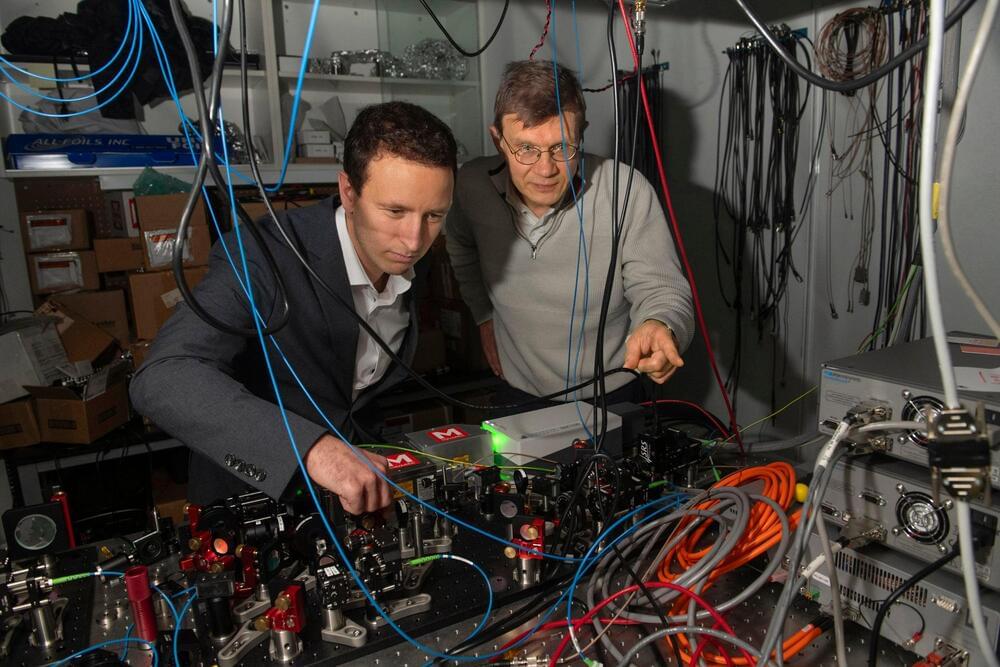
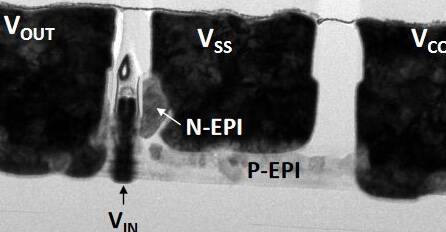
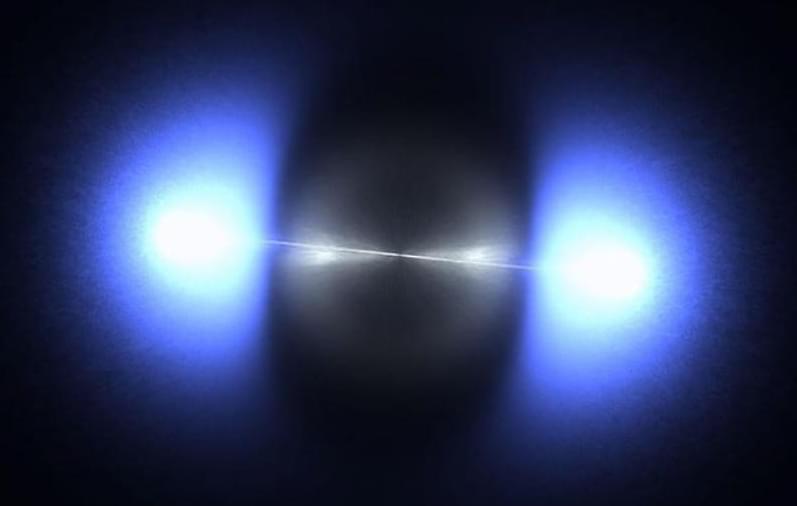
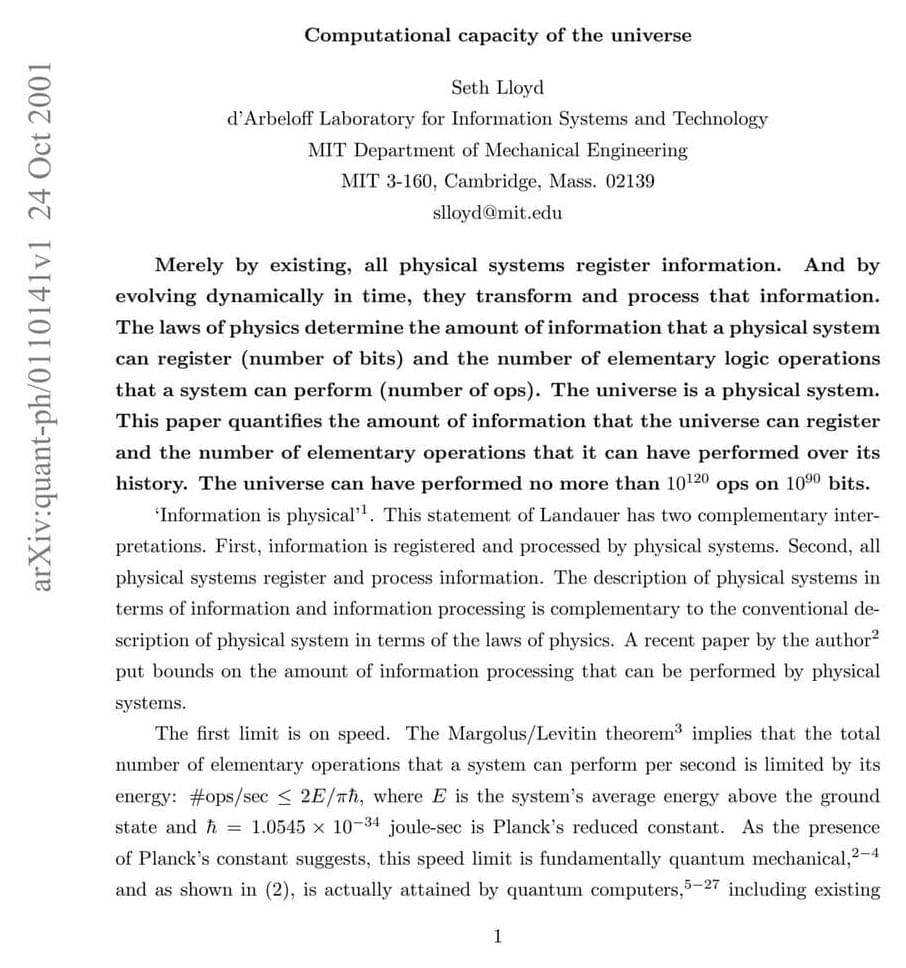
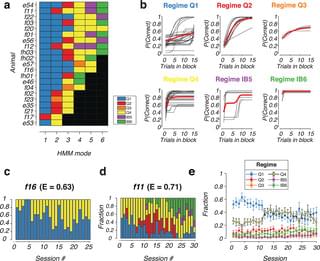
Humans and animals can use diverse decision-making strategies to maximize rewards in uncertain environments, but previous studies have not investigated the use of multiple strategies that involve distinct latent switching dynamics in reward-guided behavior. Here, using a reversal learning task, we showed that mice displayed a much more variable behavior than would be expected from a uniform strategy, suggesting that they mix between multiple behavioral modes in the task. We develop a computational method to dissociate these learning modes from behavioral data, addressing the challenges faced by current analytical methods when agents mix between different strategies. We found that the use of multiple strategies is a key feature of rodent behavior even in the expert stages of learning, and applied our tools to quantify the highly diverse strategies used by individual mice in the task. We further mapped these behavioral modes to two types of underlying algorithms, model-free Q-learning and inference-based behavior. These rich descriptions of underlying latent states form the basis of detecting abnormal patterns of behavior in reward-guided decision-making.
Citation: Le NM, Yildirim M, Wang Y, Sugihara H, Jazayeri M, Sur M (2023) Mixtures of strategies underlie rodent behavior during reversal learning. PLoS Comput Biol 19: e1011430. https://doi.org/10.1371/journal.pcbi.
Editor: Alireza Soltani, Dartmouth College, UNITED STATES
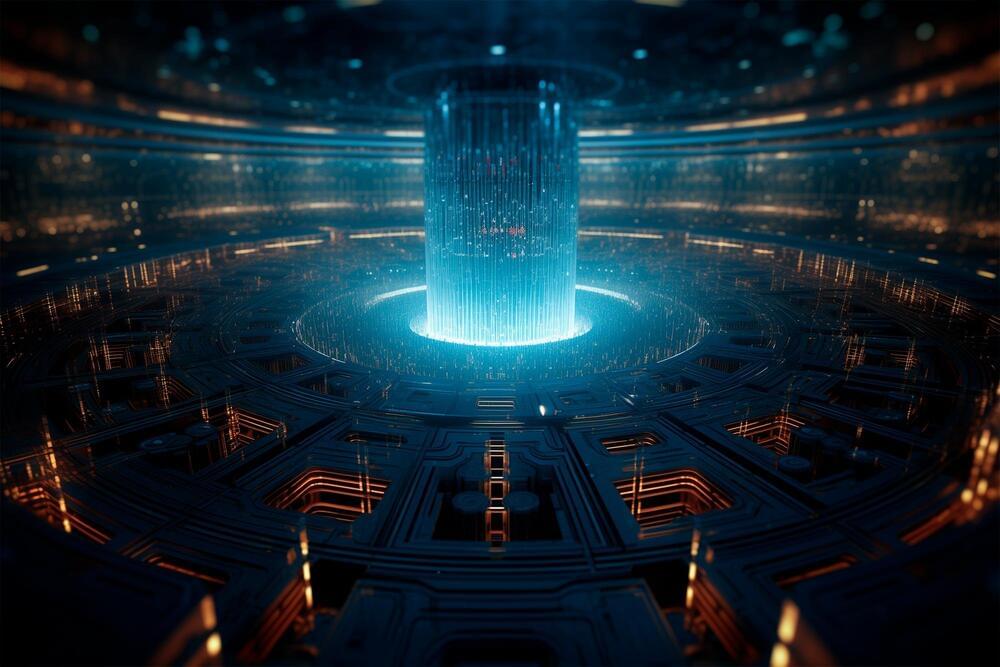
In work that could lead to more robust quantum computing, Princeton researchers have succeeded in forcing molecules into quantum entanglement.
For the first time, a team of Princeton physicists has been able to link together individual molecules into special states that are quantum mechanically “entangled.” In these bizarre states, the molecules remain correlated with each other—and can interact simultaneously—even if they are miles apart, or indeed, even if they occupy opposite ends of the universe. This research was published in the journal Science.
Molecular entanglement: a breakthrough for practical applications.